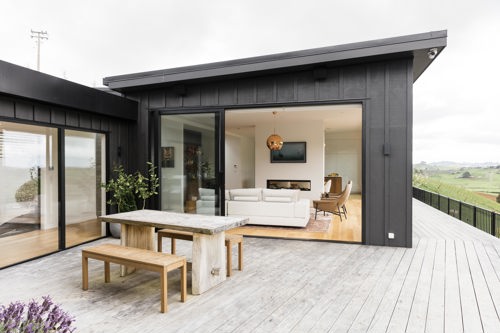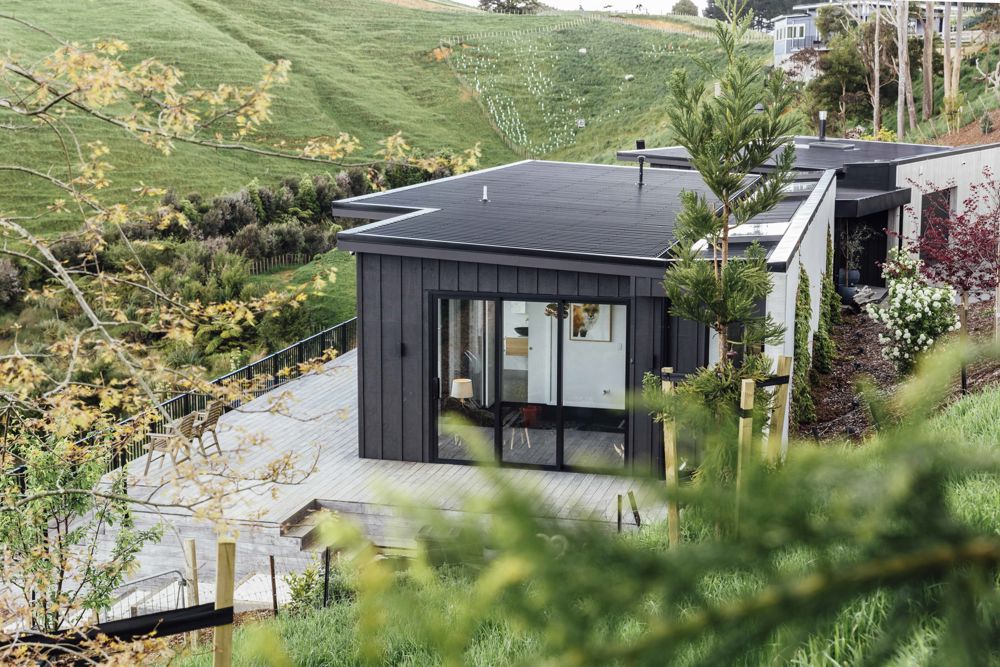-
In a world where technology, environmental concerns, and personal preferences evolve at a breakneck pace, crafting a future-proof home is essential. A future-proof home doesn't just withstand the tests of time structurally; it adapts to new technologies and changing lifestyles with ease. Let’s walk through the key steps and considerations to ensure your home remains efficient, comfortable, and stylish for many years.
Start with Sustainability
At the core of future-proofing is sustainability. Opting for energy-efficient and environmentally conscious building practices not only helps the planet but also saves you money down the line. Begin with your building materials: consider sustainable choices like bamboo, and reclaimed wood. These materials are not just kind to the earth but are also incredibly durable.
Adopt energy-efficient designs like passive solar building design, which uses the home’s location, climate, and materials to minimise energy consumption. Proper positioning can capture sunlight to warm your home in the winter while keeping it cool and breezy during the summer. Don’t forget to invest in top-notch insulation, and energy-efficient windows and doors to cut down on energy bills.
Embrace Smart Technology
Integrating smart home technology is a game-changer for modern living. Not only does it ramp up your home's convenience and security, but it also enhances energy efficiency and reduces costs. Think about installing smart thermostats that learn your routine and adjust temperatures accordingly, and smart lighting systems that not only save energy but also set the perfect mood. We love the Wiser Smart Home system and install it for many of our clients.
When incorporating technology, think about future scalability. Opt for systems that work well with various devices and can be updated as new tech comes along. Choose home automation systems with open APIs to ensure they can adapt and expand with your future needs.
Design with Flexibility in Mind
Life changes, and so should your home. Design your space with flexibility in mind, allowing rooms to transition easily between functions—be it as a home office, a gym, or a guest room. Multi-purpose rooms or modular furniture can make changing up your space both simple and economical.
We like to ask our clients questions like:
• How long do you plan to live in this home?
• Do the occupants have any disabilities or illnesses?
• Will you have guests stay with you often?
• Would you like to grow your family?
• These questions help us get clarity on how we can build a home that will accommodate your needs in the future.Accessibility is also key. Incorporate thoughtful design elements like wider doorways, no-step entries, and single-floor living options to ensure your home is comfortable for all ages and abilities.

This home in Pukekohe features wide entrances with no steps between the indoor and outdoor living spaces.
Choose Quality and Timeless Style
While it’s fun to keep up with the latest decor trends, opting for timeless design ensures your home remains appealing and functional for the future. Stick to classic layouts and neutral colours for the main elements of your home, and address trends that you like through easily updated accents like cushions and wall paint.
Investing in high-quality construction and craftsmanship is the most crucial decision you’ll make. This means choosing premium materials and skilled professionals for the build and keeping up with regular maintenance.
Prepare for the Unexpected
Future-proofing also involves preparing for the unexpected, whether that’s extreme weather or economic shifts. Consider investing in robust solutions like durable roofing, and backup power systems like solar panels with battery storage. These additions help protect your home from the elements and ensure it remains a cosy haven, no matter what the weather.
Building a future-proof home is all about merging sustainability, smart technology, flexibility, quality, and preparedness. By focusing on these elements, you can create a living space that not only meets your current needs but is also ready for whatever the future holds. This thoughtful approach not only enhances your day-to-day living but also boosts the long-term value of your home, making it a smart investment for the future.
Building a Future-Proof Home: How to Ensure Your Home Stays Cosy and Current

Filed under:
- Latest News
- Design and Advice